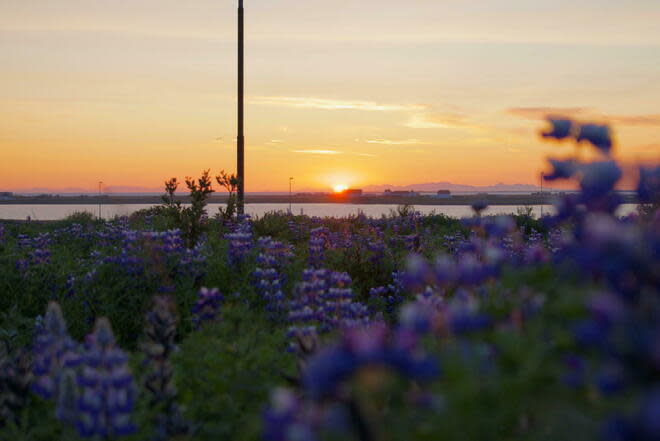Lupine would cover some 30,000 hectares according to the most recent estimates, or 0.3% of the surface of Iceland.
The lunar scenery of Iceland, which convinced NASA to send its astronauts there in 1965 and 1967 in preparation for the missions of the Apollo program, is not just “magnificent desolation”, as Buzz Aldrin said. In June and July, along the roads, at the edge of lakes and waterfalls or on vast humid expanses between the mountains, lupins bloom.
These small flowers, where shades of mauve blue, pink and white mingle, erect on a spike between large digitized green leaves, add a colorful touch to the already grandiose landscapes of the volcanic island that amazed visitors hasten to immortalize. the lupine nootkatensis would have been cultivated for the first time in the small Nordic country at the very end of the XIXe century, without escaping the barren, rocky hills around Reykjavík.

Reintroduced in 1945 by the Icelandic Forest Service from a few seeds and a root nodule from Alaska, it spread like wildfire in the late 1970s with the rural exodus. “People have planted lupines to stem erosion around towns,” says Throstur Eysteinsson, director of the Icelandic Forest Service. Rich in nitrogen, the perennial plant serves as an anchor for organic matter and has a lifespan of up to four decades. Lupine can now be found in every town and village in Iceland.


